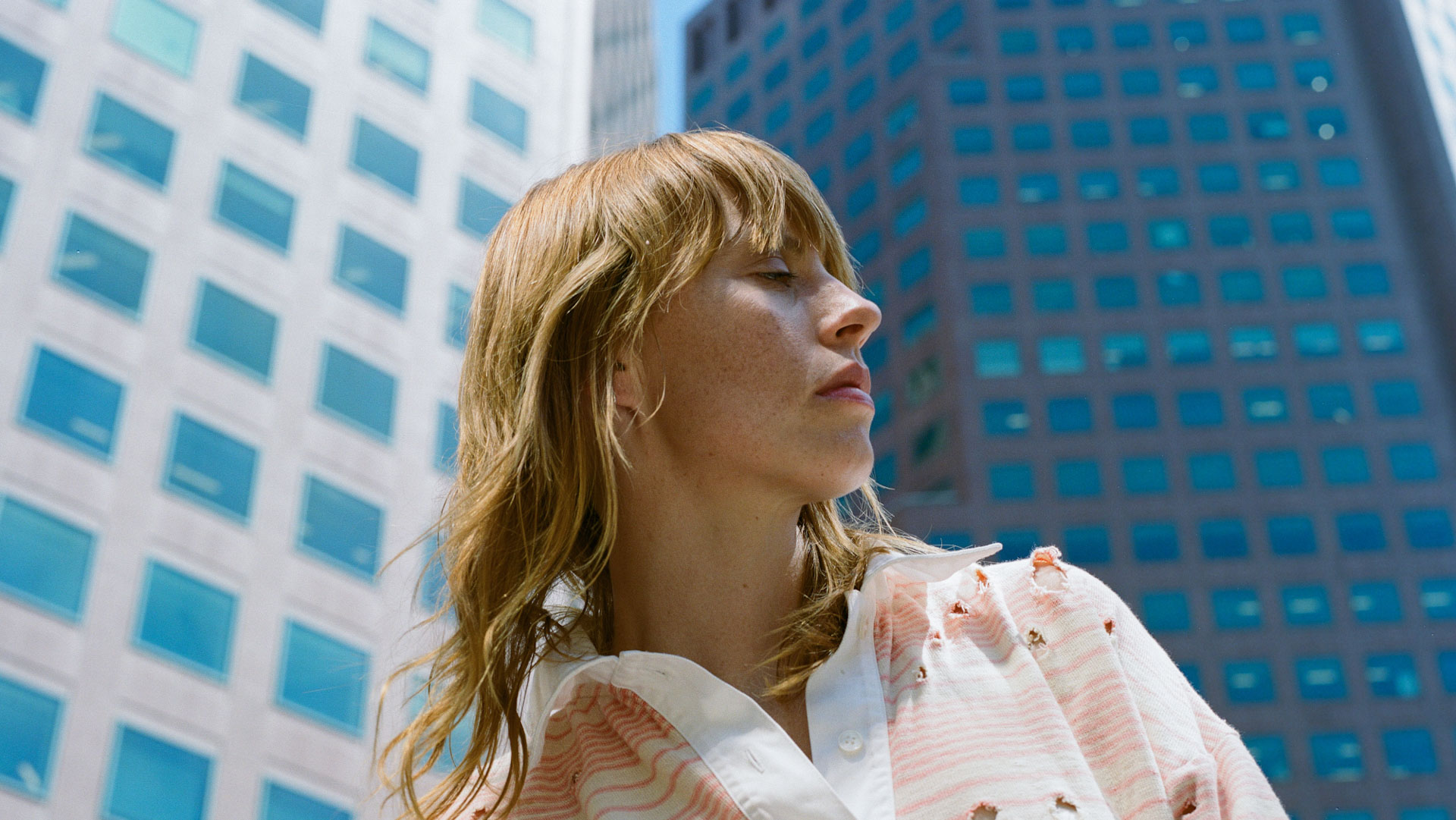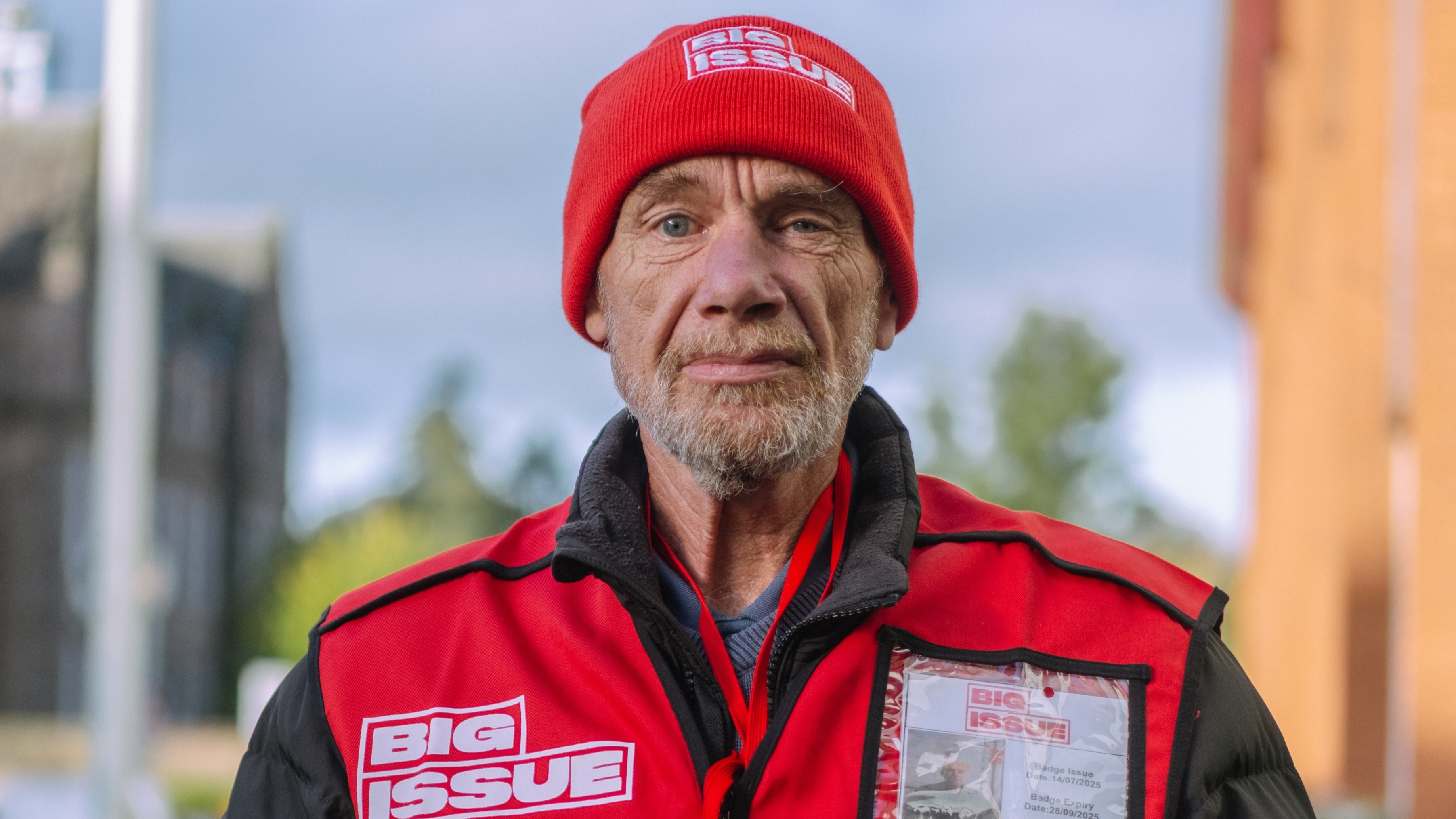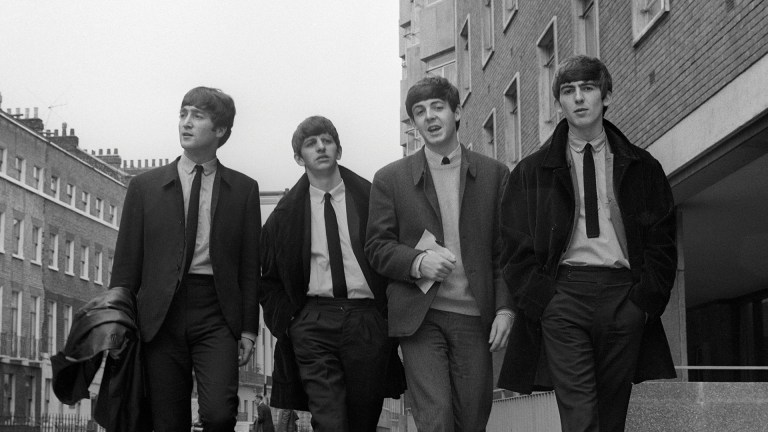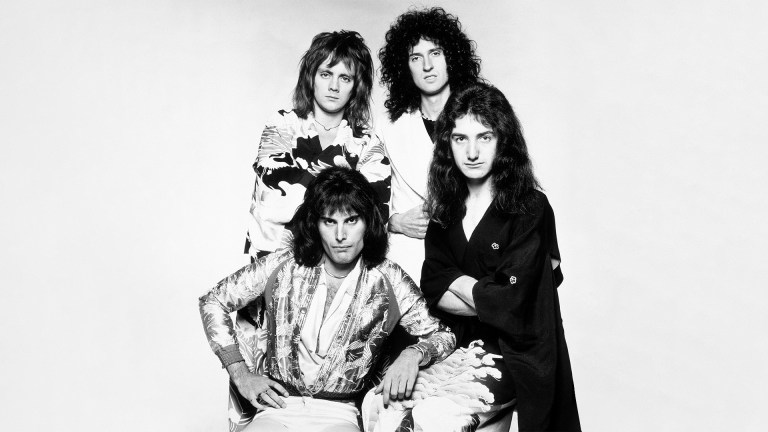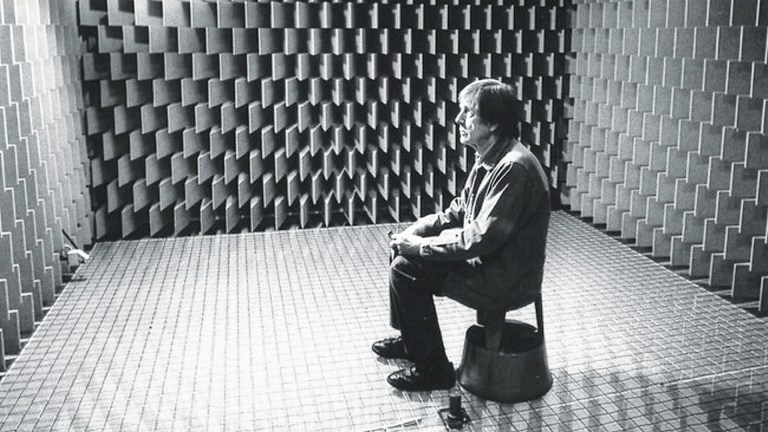In my final weeks of medical school, I learnt how to certify death. You begin the exam by observing the deceased, calling their name and waiting for a response. You listen to their chest – for a heartbeat, for the sound of their breath. You are searching for the absence of life. For utter quiet.
When I learnt this exam, I was struck by the skin. How in the moments after death, it toughens into a hard waxy exterior. It made me think of plasticine. I have vivid memories of playing with plasticine – or Play-Doh – as a child. Sitting at the kitchen table pressing the gooey substance into different shapes, stretching it thinly and pushing it back together. When I would leave it out overnight, I would find it hardened and waxy in the morning. Like it was finally able to set in place.
Thinking of this memory, I stood in a small hospital room, searching for the absence of life, and wondering if we are like plasticine in death, then maybe we are in life, too. What stretches us thin? What forces us back together? What are the different shapes we contort ourselves into? I wandered down an invisible path, reflecting on the moments in my life that have transformed me.
Grief. I am often witnessing grief. As a medical professional, I am privy to many people’s worst day. I am the bearer of bad news. I am the one who silently retreats, leaving the patient to be comforted by friends and family. These roles are uncomfortable but familiar, like my Doc Martens whose soles have worn through. But the pandemic was different. Because of strict lockdown measures, no visitors were allowed to the hospital. So when I told a man that his brain cancer had grown back at such a rapid rate that it was inoperable, and instead of going home to recover, he would be going home to die, he had no one by his side. I sat with him and held his hand as he called his daughter on FaceTime to tell her. She was enraged, confused, terrified, devastated. At the end of the day I sat in my car, overcome with the feelings I so tirelessly suppressed, unable to turn the key in the ignition.
Love. Can be a complicated thing. Especially for a queer person. For me, coming out in my mid-20s was a complete rebuilding of my inner life. I had spent the previous decade in a myriad of different shapes, not consciously feeling unlike myself but accepting that the spectrum of life and love might be narrower than I thought.
Read more:
